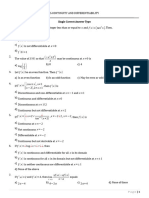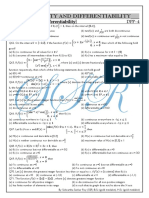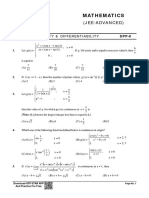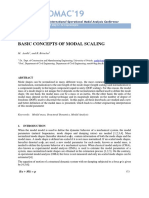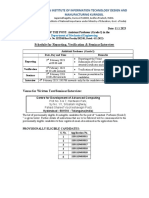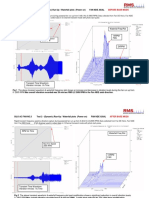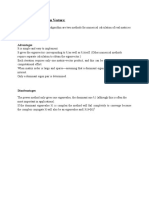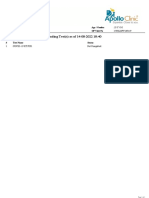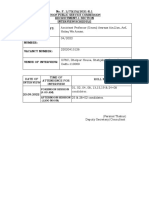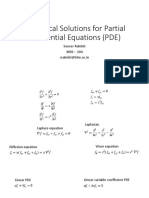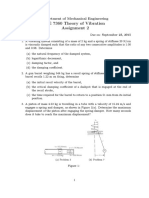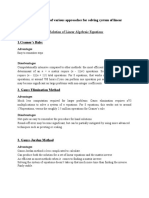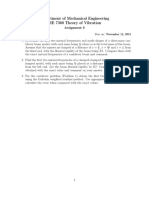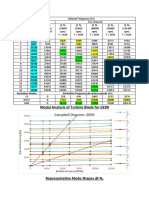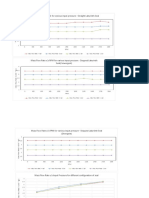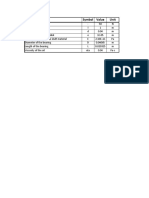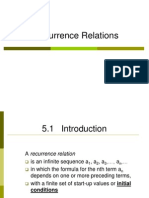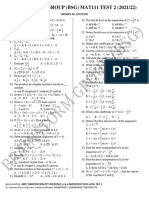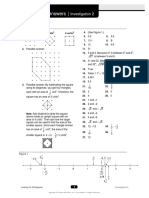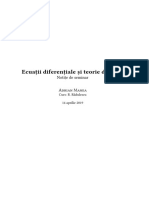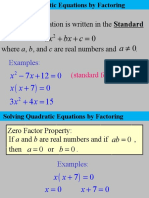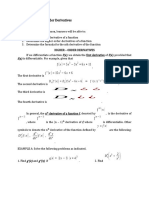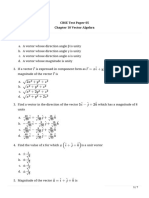0% found this document useful (0 votes)
59 views12 pagesContinuity and Differentiability
The document contains 38 multiple choice questions related to continuity and differentiability of functions. Specifically, it tests concepts such as:
- Evaluating derivatives at points using limits
- Determining points of continuity and differentiability
- Identifying functions that are continuous, discontinuous or not differentiable based on their definitions
- Applying definitions of continuity and differentiability to composite and piecewise functions
Uploaded by
SAGI RATHNA PRASAD me14d210Copyright
© © All Rights Reserved
We take content rights seriously. If you suspect this is your content, claim it here.
Available Formats
Download as DOCX, PDF, TXT or read online on Scribd
0% found this document useful (0 votes)
59 views12 pagesContinuity and Differentiability
The document contains 38 multiple choice questions related to continuity and differentiability of functions. Specifically, it tests concepts such as:
- Evaluating derivatives at points using limits
- Determining points of continuity and differentiability
- Identifying functions that are continuous, discontinuous or not differentiable based on their definitions
- Applying definitions of continuity and differentiability to composite and piecewise functions
Uploaded by
SAGI RATHNA PRASAD me14d210Copyright
© © All Rights Reserved
We take content rights seriously. If you suspect this is your content, claim it here.
Available Formats
Download as DOCX, PDF, TXT or read online on Scribd
/ 12


